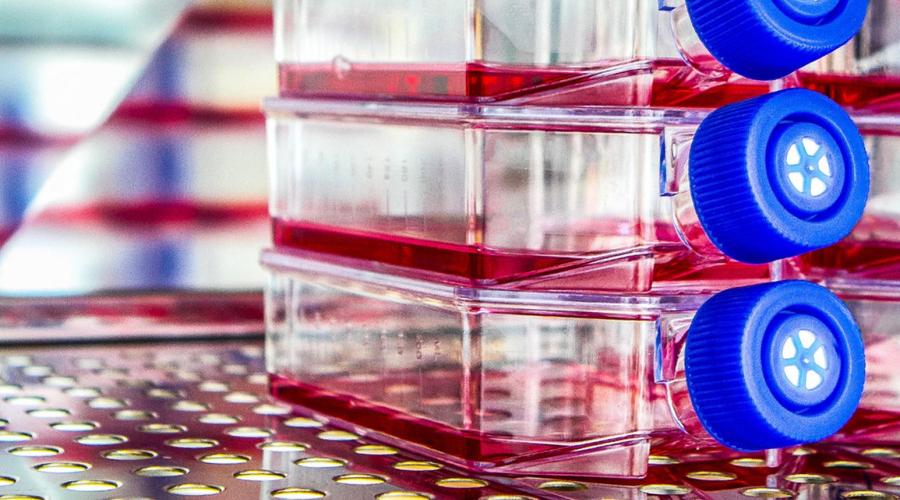
New Models Open Research Possibilities for Bone Cancer in Children
If you know someone with a child or adolescent who has faced bone cancer (osteosarcoma) you know how difficult it can be to treat – mostly due to its rapid spread to other parts of the body.
Current treatments can be harrowing and aggressive, including chemotherapy or sometimes even limb amputation. Despite this, survival rates hover just below 70%.
“In recent decades there has been limited progress in identifying new treatments because we don’t have a good model that accurately showcases how this cancer metastasizes,” says Alejandro Sweet-Cordero, MD, Professor of Pediatrics in the Division of Oncology.
But in a recent Clinical Cancer Research publication showcasing results from a study led by Sweet-Cordero, researchers from UCSF and Stanford created and characterized new models that will help researchers better understand how this cancer spreads in children.
Their large panel of patient-derived xenografts (PDXs) and PDX-derived cell lines are a new, critical resource for translating cancer research to improved treatments because they offer clinically relevant models for studying disease biology and drug responses.
Unlocking the Mechanisms of Osteosarcoma Metastasis
Osteosarcoma is a fast-spreading tumor and upon diagnosis, most patients have already developed microscopic clumps of cancer cells that have escaped from the original tumor. Eliminating these dangerous cells requires intensive chemotherapy, as patients who develop secondary malignant growths have a 5-year survival rate of 20-30 percent.
In addition, osteosarcoma is a genetically diverse cancer with varied capacities to metastasize, meaning that multiple models of the disease are needed to fully understand and properly inhibit the underlying mechanisms responsible for rapid spread and low survival rates.
Sweet-Cordero says that the suite of new models largely shares the genomic features of their original patient tumors and exhibit enough variation in metastasis processes to mirror what is observed in the human disease. “We expect these models will be broadly useful to researchers investigating mechanisms of osteosarcoma metastasis as well as the preclinical development of therapies to treat metastatic disease.”
New Models Enable New Research
As part of the development of the models, Sweet-Cordero and his team created a proof-of-concept study where a special inhibiting drug effectively reduced cancerous spread in an orthotopic model, which involves placing cancer cells from PDX-derived cell lines into a mouse to mimic how it would naturally develop in a human patient.
The experiment demonstrates the potential utility of these models for preclinical testing of therapeutics, a crucial step in the quest for more effective treatments and a deeper understanding of this aggressive bone cancer.
These new models reflect the spectrum of osteosarcoma variations and accurately embody how the disease behaves in the human body, offering a new resource for researchers to properly pursue the development of new and improved therapies for a cancer where such progress has largely stalled.
UCSF is ranked best in Northern California for children's cancer care by U.S. News & World Report.
Additional co-authors from the UCSF Department of Pediatrics include Marina Sirota, PhD, Associate Professor of Pediatrics with the Bakar Computational Health Sciences Institute at UCSF.
